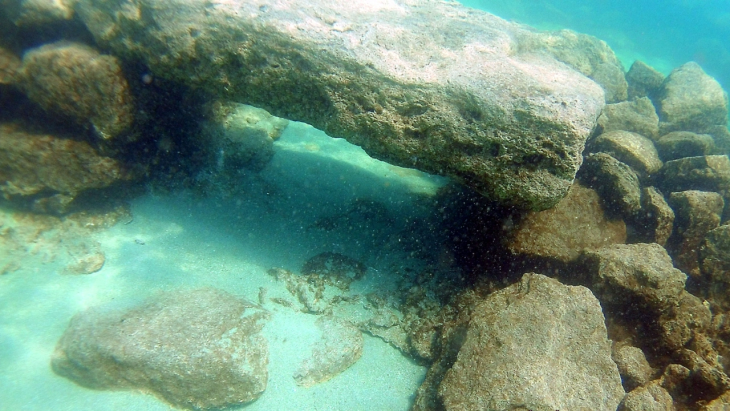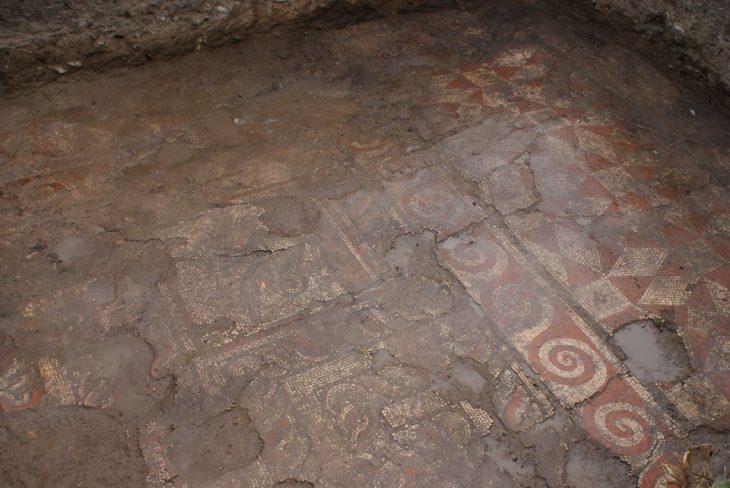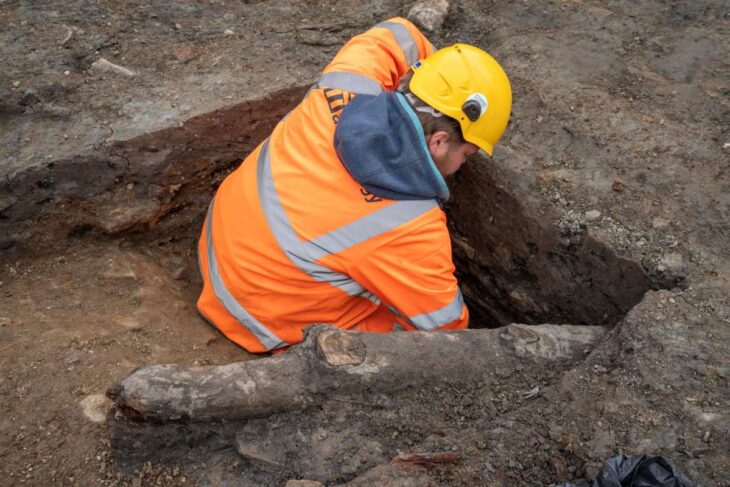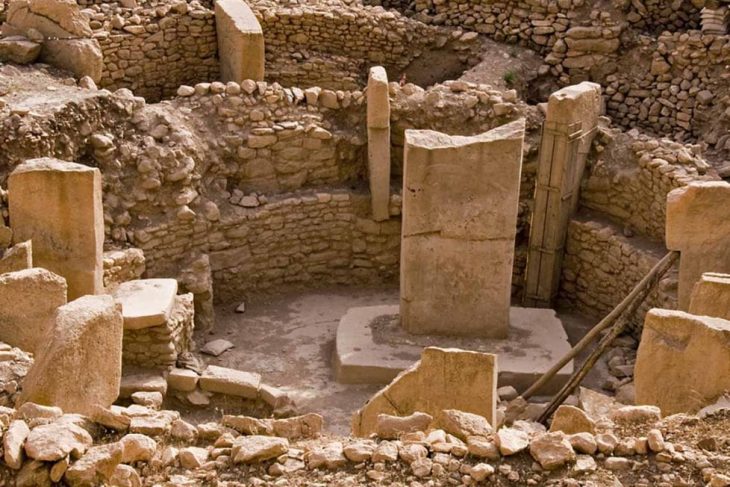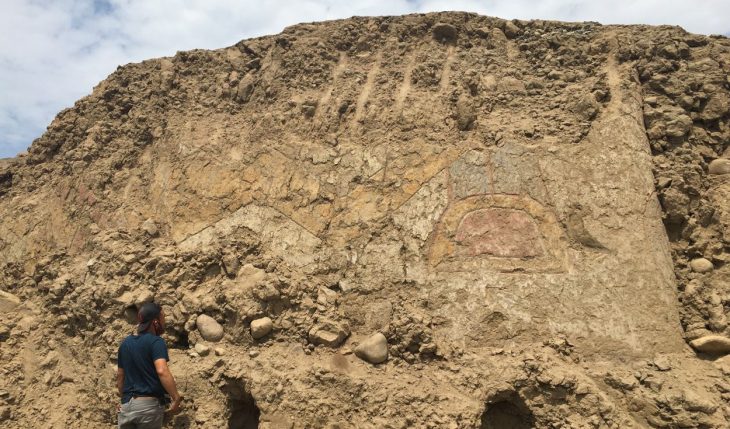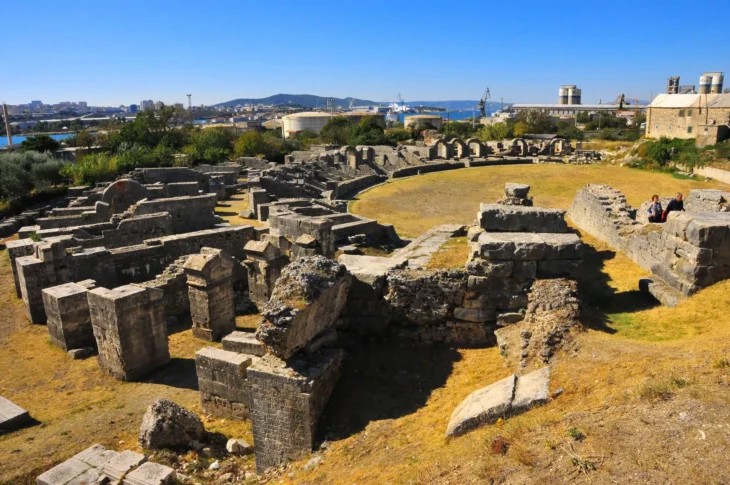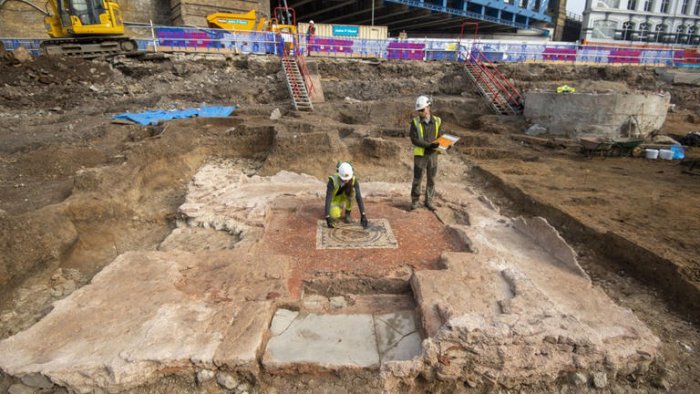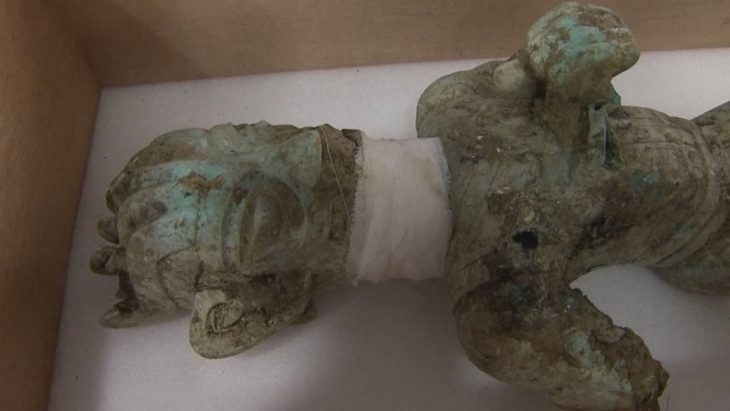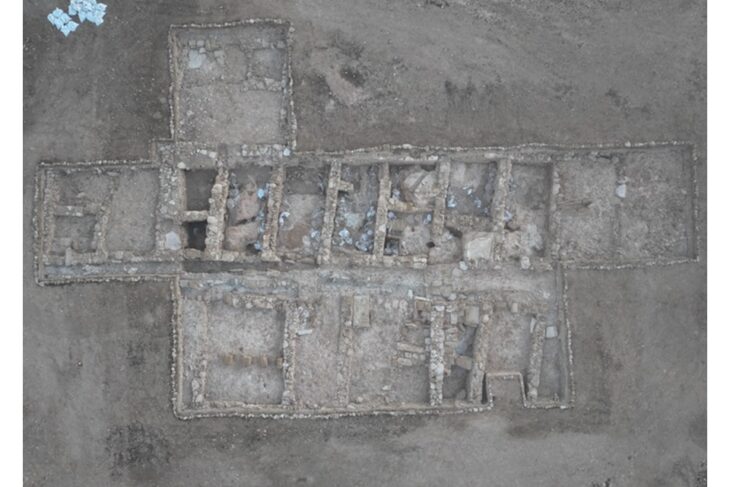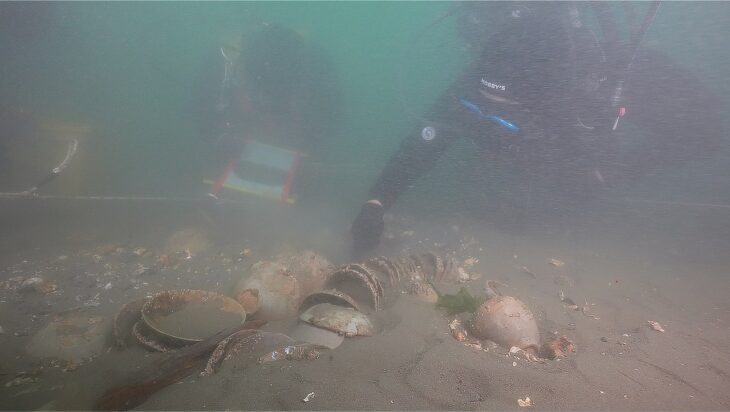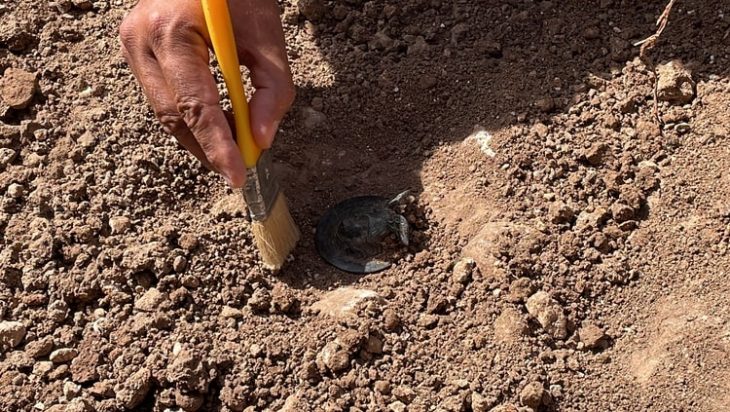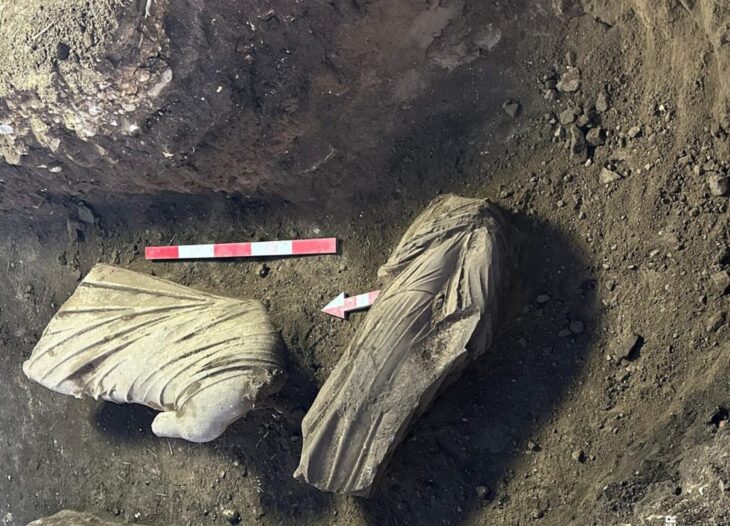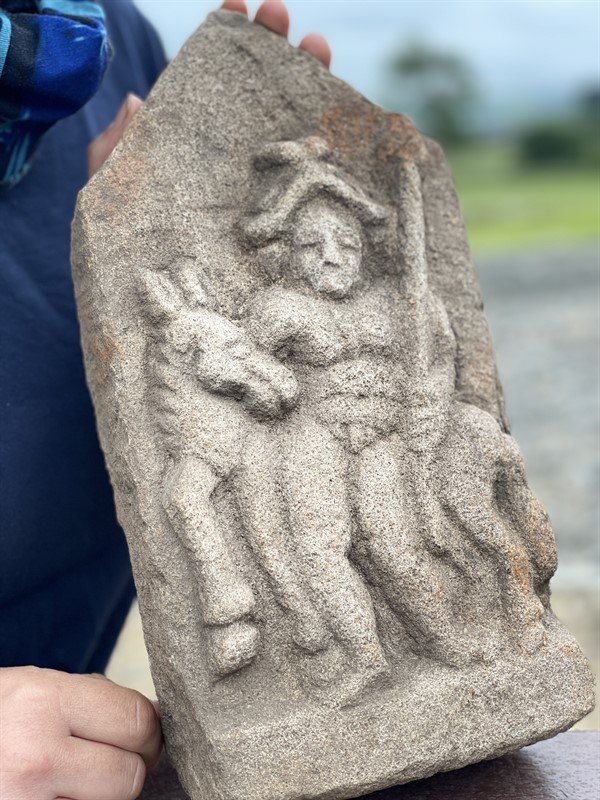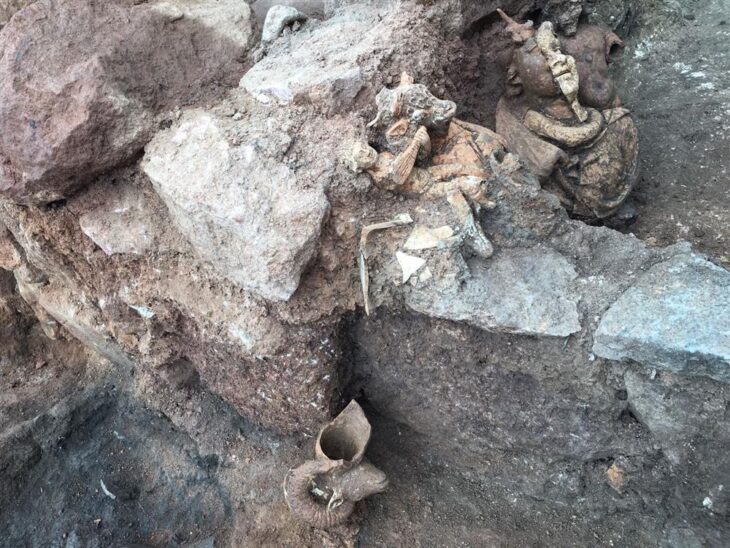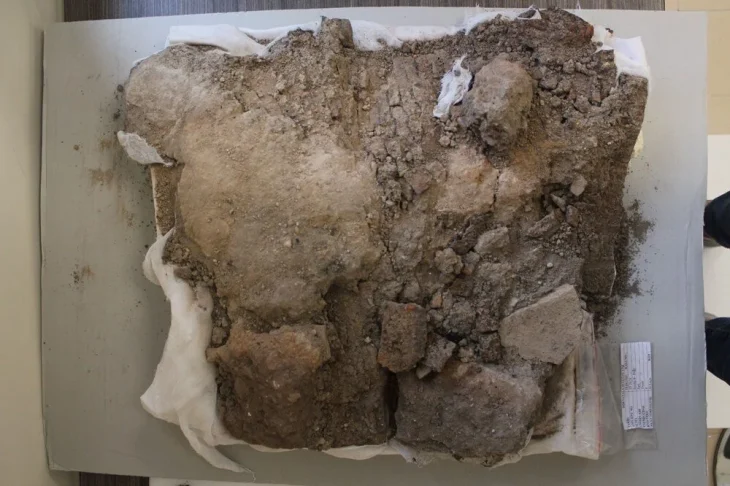A team of archaeologists from Heidelberg University has made an extraordinary discovery in the ancient city of Nineveh, near modern-day Mosul, Iraq. Excavating within the North Palace of King Ashurbanipal, the researchers unearthed significant portions of a colossal relief carving depicting the powerful Assyrian ruler from the seventh century BC alongside two prominent deities and other significant figures.
The massive stone slab, measuring an impressive 5.5 meters in length and three meters in height and weighing approximately 12 tons, was found in the throne room of the palace. This remarkable find is particularly significant due to the unprecedented depiction of major Assyrian gods within palace reliefs.
Nineveh, a crucial ancient city in Upper Mesopotamia, held a strategic position on the east bank of the Tigris River. With settlement dating back as far as the 5th millennium BC, it rose to its zenith as the capital of the Neo-Assyrian Empire under King Sennacherib in the late 8th century BC. Sennacherib and his successors transformed Nineveh into a magnificent metropolis, renowned for its grand temples, opulent palaces, extensive fortifications, and sophisticated water management systems. The city became a hub of art, culture, and political power, drawing wealth and resources from across the vast Assyrian realm. Despite its grandeur, Nineveh ultimately fell in 612 BC to a coalition of Babylonian and Median forces, leading to its widespread destruction.
“Among the many relief images of Assyrian palaces we know of, there are no depictions of major deities,” stated Prof. Dr Aaron Schmitt of the Institute of Prehistory, Protohistory and Ancient Near Eastern Archaeology, who heads the excavations at the North Palace. “This discovery is truly exceptional.”

Since 2022, Prof. Schmitt and his team have been focusing their investigations on the Kuyunjik mound, situated within the core area of the North Palace, which was constructed by King Ashurbanipal. These excavations are part of the broader Heidelberg Nineveh project, initiated in 2018 under the direction of Prof. Dr Stefan Maul from the Department of Languages and Cultures of the Near East at Heidelberg University. Notably, British researchers had previously explored the North Palace in the late 19th century, discovering other large-scale reliefs that are now housed in the British Museum in London.
📣 Our WhatsApp channel is now LIVE! Stay up-to-date with the latest news and updates, just click here to follow us on WhatsApp and never miss a thing!!
The newly discovered relief prominently features King Ashurbanipal, the last great ruler of the Assyrian empire, at its center. Flanking him are representations of two supreme Assyrian deities: Ashur, the chief god, and Ishtar, the patron goddess of Nineveh. Following these divine figures is a fish-garbed genius, believed to bestow salvation and life upon the gods and the king. Additionally, a supporting figure with raised arms is depicted, which researchers anticipate will be restored as a scorpion-man.
“These figures suggest that a massive winged sun disk was originally mounted above the relief, further emphasizing its significance,” explained Prof. Schmitt. Over the coming months, the research team will meticulously analyze the data gathered at the excavation site to gain a deeper understanding of the depiction, its context within the palace, and its broader historical implications. The findings will be published in a scientific journal.
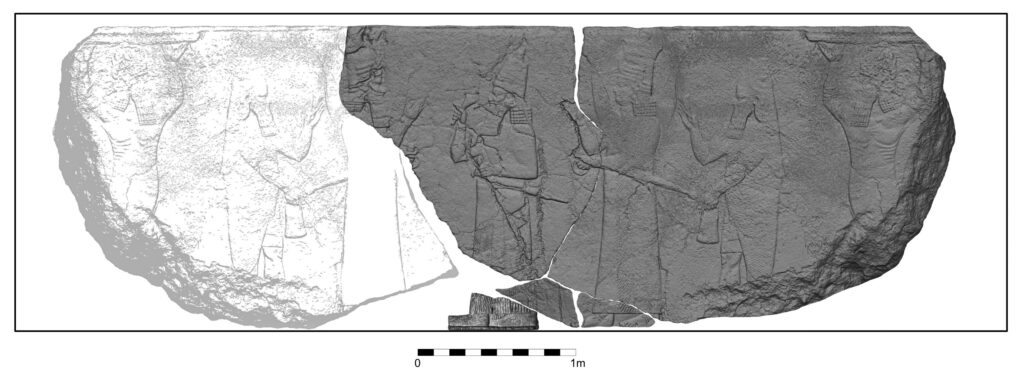
According to Prof. Schmitt, the relief was strategically positioned in a niche directly opposite the main entrance to the throne room, marking it as a focal point within the most important space of the palace. The Heidelberg archaeologists unearthed the fragmented relief within an earth-filled pit located behind this niche. This pit was likely created during the Hellenistic period, in the third or second century BC.
“The fact that these fragments were buried is undoubtedly a key reason why the British archaeologists, despite their extensive work over a century ago, never encountered them,” Prof. Schmitt surmised.
In agreement with the Iraqi State Board of Antiquities and Heritage (SBAH), the medium-term plan is to restore the relief to its original location within the North Palace and eventually open it to public viewing, offering a remarkable glimpse into the art and religious beliefs of the powerful Assyrian empire and the grandeur of its capital, Nineveh.
Cover Image Credit: Aaron Schmitt


